How to remove deadly nightshade – expert advice to safely eliminate this pretty but poisonous perennial from your yard
Discover how to safely remove deadly nightshade from your borders
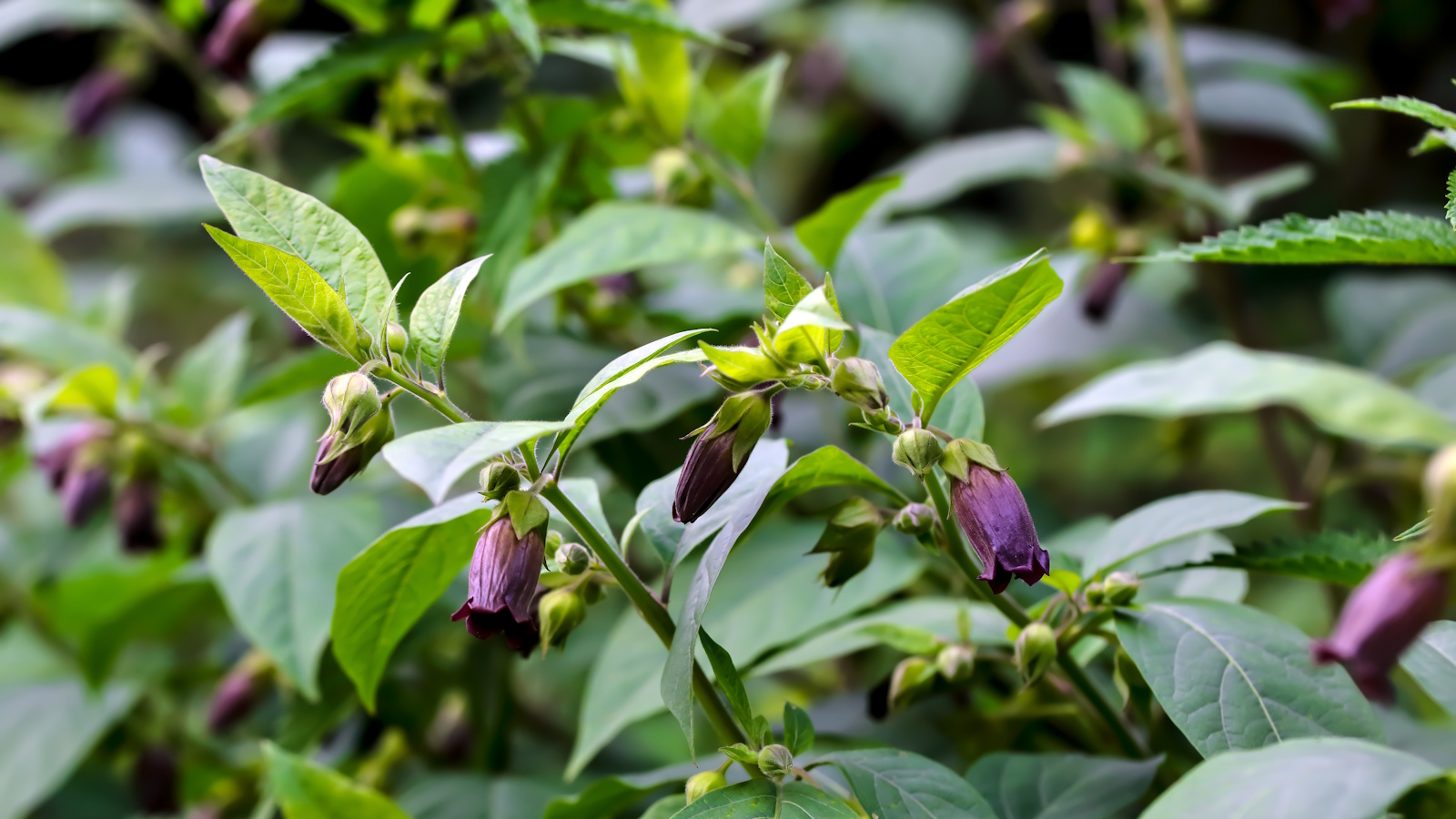

Deadly nightshade, or belladonna nightshade, is an extremely toxic plant with a murky history. All parts of are poisonous, including the roots, leaves and especially the glossy black berries, which contain a mixture of alkaloids that can impact the central nervous system.
While it is true that deadly nightshade can be safely admired from a distance, this is not a plant to take lightly. If you have recently moved into a new property, swift action is best. Left unchecked, it can spread and become difficult - and dangerous - to manage.
So, if you have discovered this toxic plant growing at the rear of your yard, learning how to remove deadly nightshade safely and effectively is important. Here, one garden expert advises how best to remove these poisonous perennials before they become a real danger.
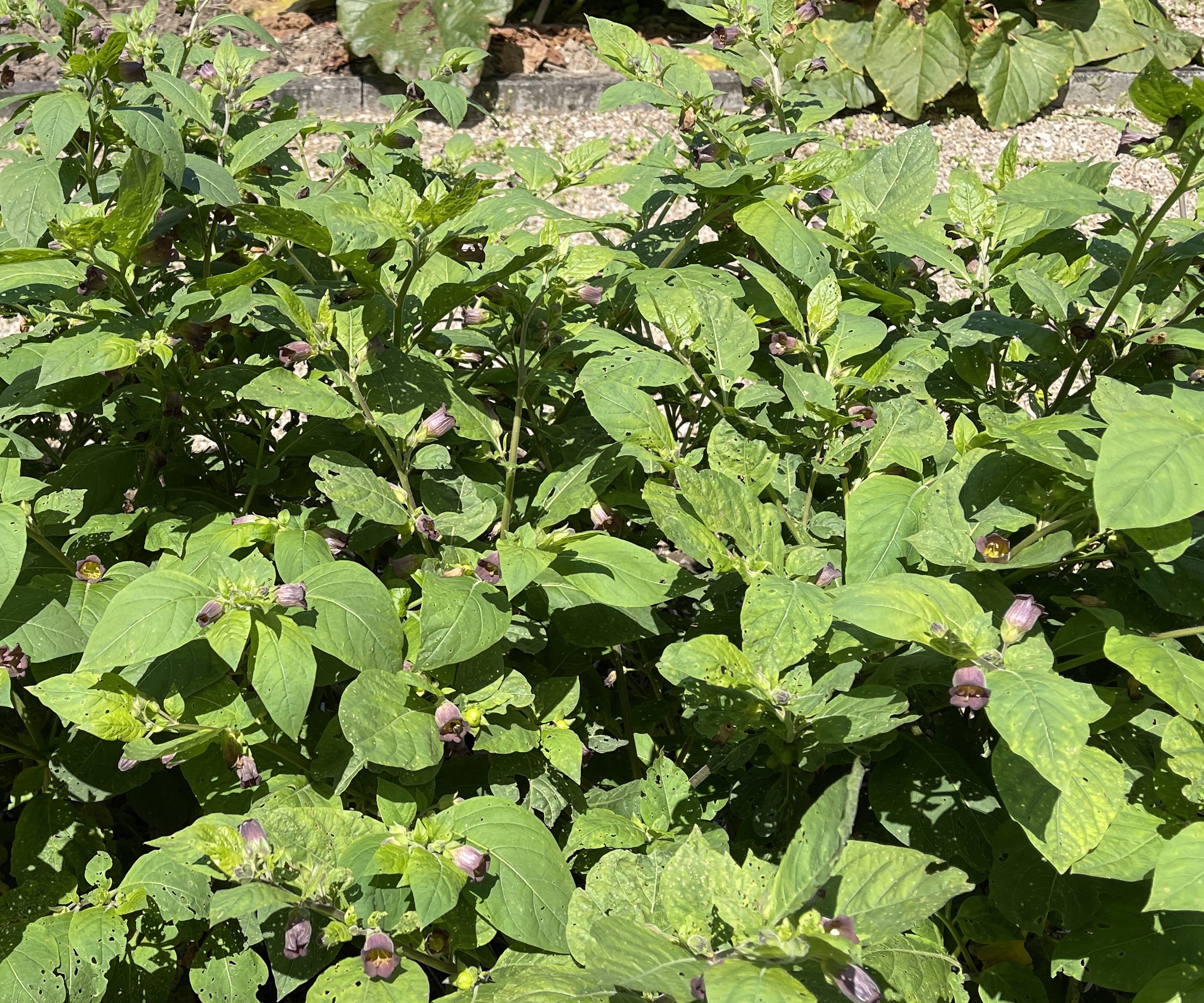
How to identify deadly nightshade
'Deadly nightshade, or Atropa belladonna, are tall bushy perennials that can grow in regions from US hardiness zone 5 plus, typically found growing in scrubland or wooded areas,' says Michael Clarke, landscape design expert and founder of Yardwork.
'They can reach three or four feet in height, producing dark green oval leaves on upright stems,' Michael adds. 'However, it is the flowers and berries that are most discernible. The blooms tend to have a dull purple color, with a bell-like form, whereas the berries - which develop between August and September - are black and shiny.' Often referred to as the 'devil's cherries', these poisonous fruits should be handled with care.
How to remove deadly nightshade
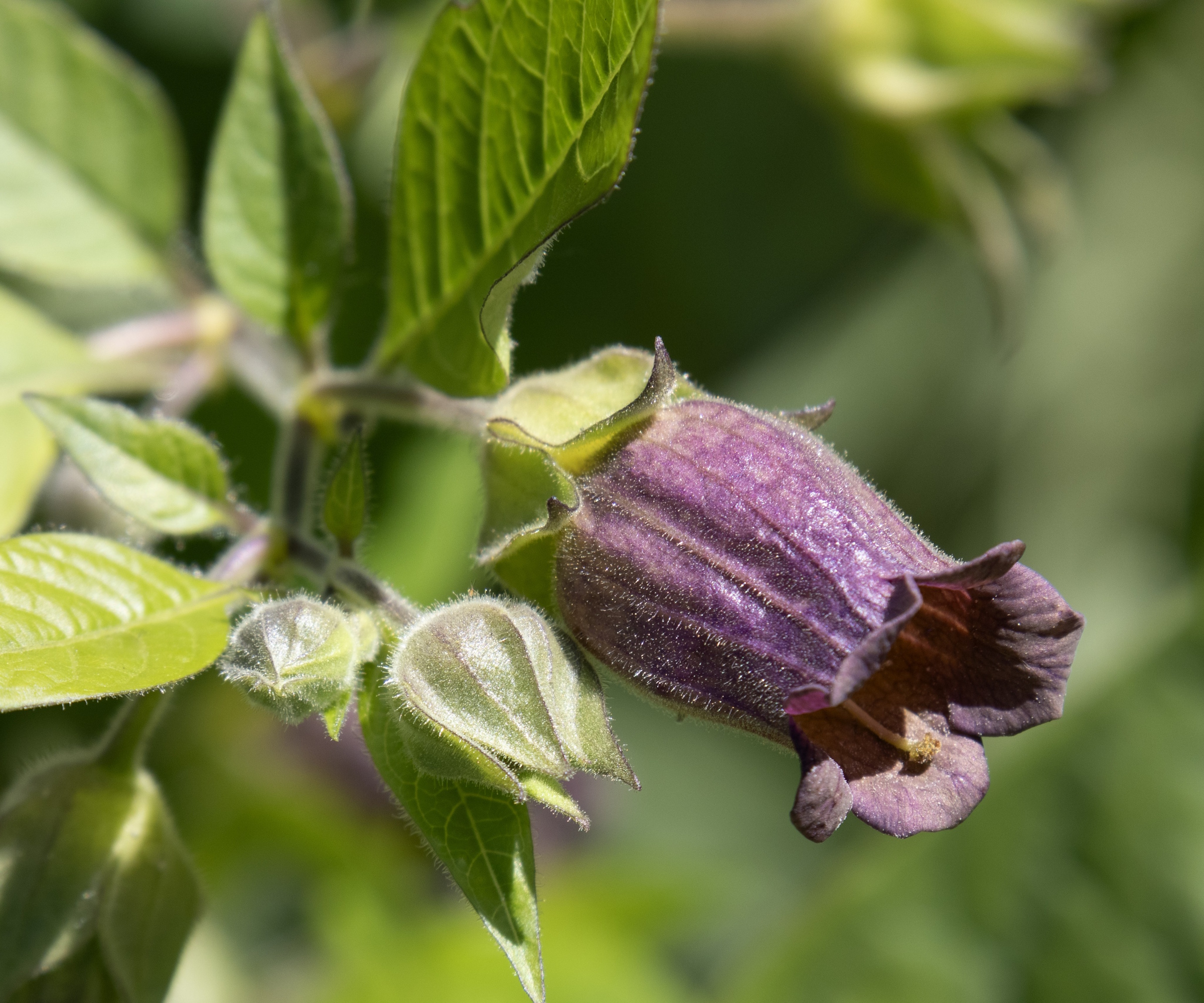
While deadly nightshade is not often considered an invasive perennial, it can spread quickly in the right situations. 'This non-native weed is found growing throughout several states, including east and west coast, from New York to California and Oregon,' Michael adds.
'As a perennial, it dies back usually after the first frost, and then will resprout the following spring. The birds can eat the berries - which contain seeds - without any adverse side effects. This means they spread this toxic plant far and wide.
'So, to get rid of this weed, it's best to yank it out by the roots, making sure to remove as much as you can,' Michael says. 'For bigger, established plants, cut the stems down to the base first - which will make the digging part easier.'
To protect your hands and arms, use something like these long gardening gloves, available from Amazon, which will keep any sap from touching your skin. You should also wash your clothes immediately after you finish weeding, washing them separately from other clothing.
'While natural (organic) methods require dedication and persistence, lifting any shoots and roots on a regular basis will eventually lead to the plant's demise. In addition, do not put any clippings in your compost bin, but instead dispose of them in your green waste collection.'
If you have a large number of deadly nightshade plants, possibly growing throughout an entire border, you can try using cardboard for weed control. Place a heavy-duty biodegradable weed fabric, available from Amazon, and cover your borders. Then, heavy mulching (two or more inches) will help to block sunlight, and in doing starve deadly nightshade plants.
Whatever approach you opt to follow, regularly inspect your borders throughout the growing season for any signs of germination. Early action is helpful when learning how to remove deadly nightshade. To note, the young seedlings will have oval leaves that are pointed at the end in a pale green shade - simply pull them by hand and dispose of them in your green waste collection.

These durable gardening gloves are perfect for tough jobs, including removing toxic weeds like deadly nightshade from your yard.

Michael Clarke is the founder of Yardwork and Pulled, the online platforms for everything home and garden. He has a degree in landscape architecture and horticulture from the University of California Davis. He was previously the founder of a landscape development and maintenance company, where he provided complete landscape services to homeowners and commercial property owners.
FAQs
Can herbicides kill deadly nightshade?
Yes, herbicides from garden stores and nurseries can be used to kill deadly nightshade, but using chemicals in your yard should only ever be a last resort. If you are concerned about deadly nightshade and want quick and instant results, it is best to seek help from a gardening professional who will be able to advise.
The nightshade family, or Solanaceae, is a large plant group, including many non-poisonous species, such as tomatoes, potatoes, eggplants and peppers. Why not try learning how to grow eggplant this summer, and enjoy delicate purple flowers that go on to produce delicious fruits, all without any toxic foliage or berries.
For more information on problem plants, see our guide on how to control Bradford pear trees, to keep this invasive species out of your yard.
Sign up to the Homes & Gardens newsletter
Design expertise in your inbox – from inspiring decorating ideas and beautiful celebrity homes to practical gardening advice and shopping round-ups.

Thomas is a Content Editor within the Gardens Team at Homes and Gardens. He has worked as a professional gardener for both public spaces and private estates, specializing in productive gardening, growing food and flowers. Trained in Horticulture at the Garden Museum, he has written on gardening and garden history for various publications, including The English Garden, Gardens Illustrated, Hortus, The London Gardener and Bloom. He has co-authored a Lonely Planet travel book, The Tree Atlas, due out in 2024.
You must confirm your public display name before commenting
Please logout and then login again, you will then be prompted to enter your display name.
-
 Barack and Michelle Obama's neutral accent chair is the perfect living room focal point – you can recreate their serene style in any-sized home
Barack and Michelle Obama's neutral accent chair is the perfect living room focal point – you can recreate their serene style in any-sized homeThis designer-approved essential fits into every modern living room – it's beautiful enough to stand alone, while pairing well with your favorite cushion
By Megan Slack Published
-
 Should I choose a kitchen island or a kitchen table? This is the expert advice that helped me decide
Should I choose a kitchen island or a kitchen table? This is the expert advice that helped me decideIt's all about how you use your space
By Molly Malsom Published
-
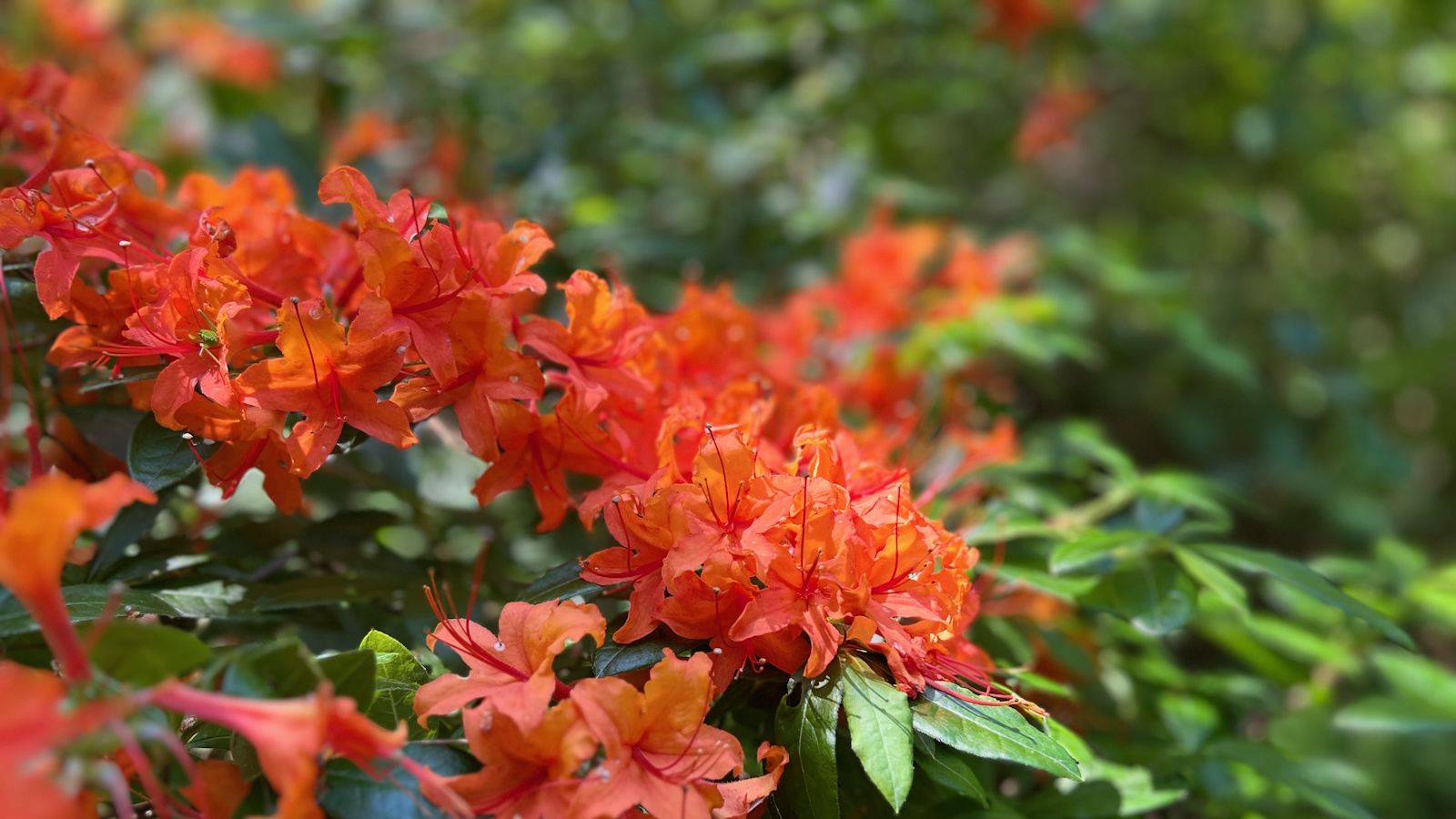 How to revive old rhododendron plants – pruning advice from a professional gardener to save your struggling shrubs
How to revive old rhododendron plants – pruning advice from a professional gardener to save your struggling shrubsWith the right pruning approach, you can rejuvenate old and woody rhododendrons
By Thomas Rutter Published
-
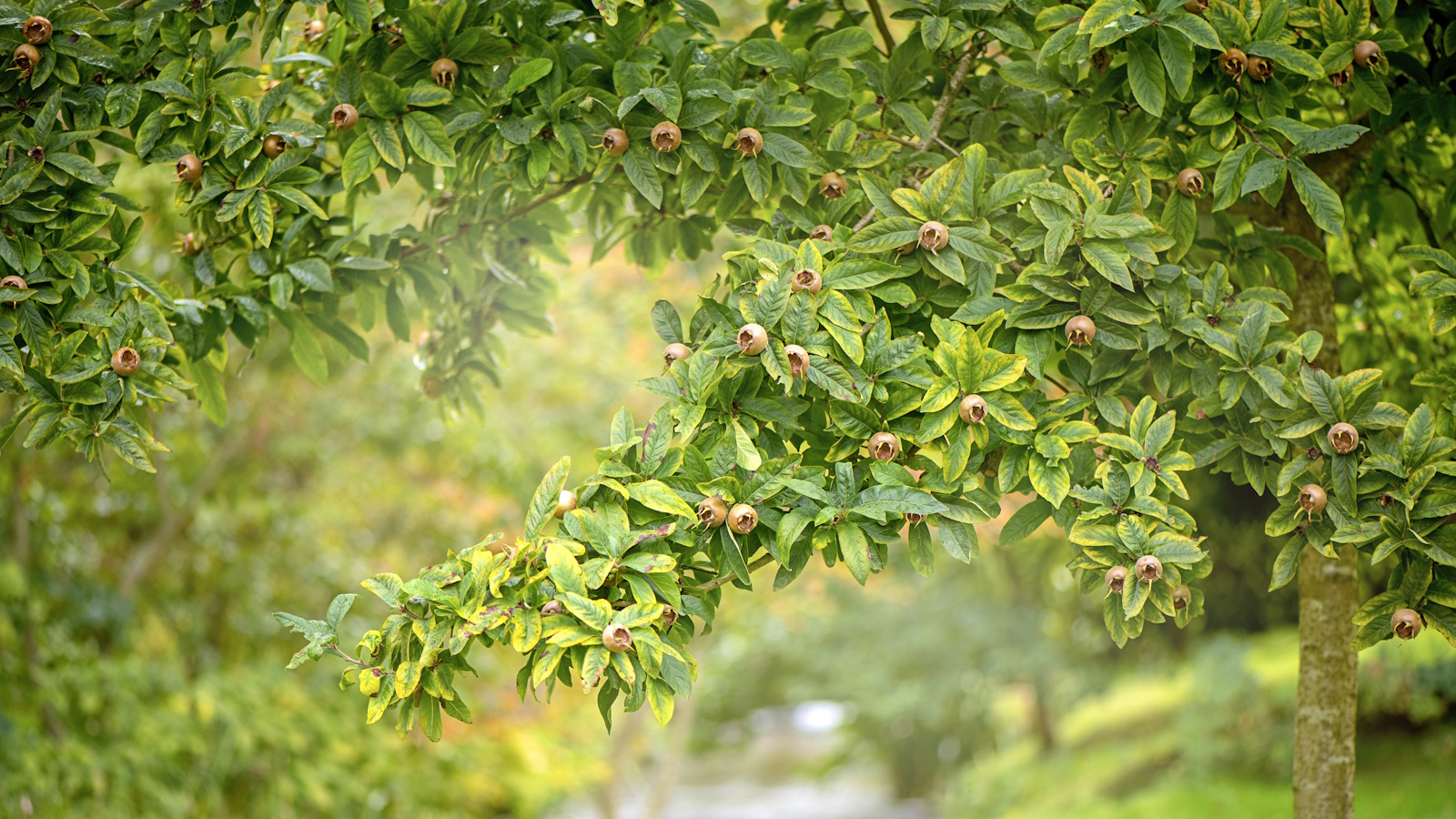 How to grow medlar trees – to enjoy a harvest of unusual fruits from this forgotten heritage species
How to grow medlar trees – to enjoy a harvest of unusual fruits from this forgotten heritage speciesMedlar fruits were once a popular delicacy, yet today, they are a rare find
By Thomas Rutter Published
-
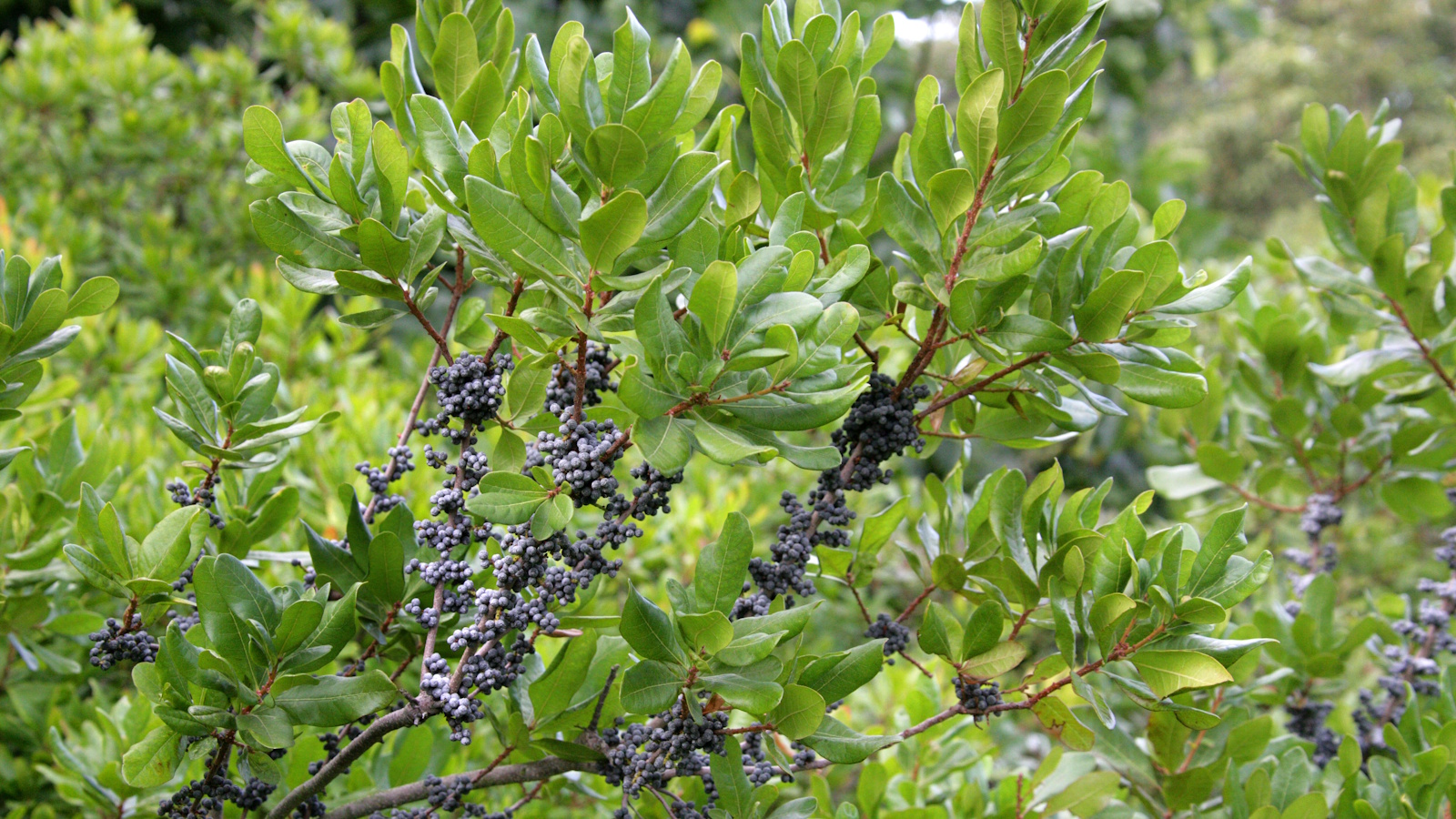 Best fragrant shrubs – 5 perfumed plants to transform garden borders and pot displays this summer
Best fragrant shrubs – 5 perfumed plants to transform garden borders and pot displays this summerGrow one or more of the best fragrant shrubs to add a sensory element to your yard
By Thomas Rutter Published
-
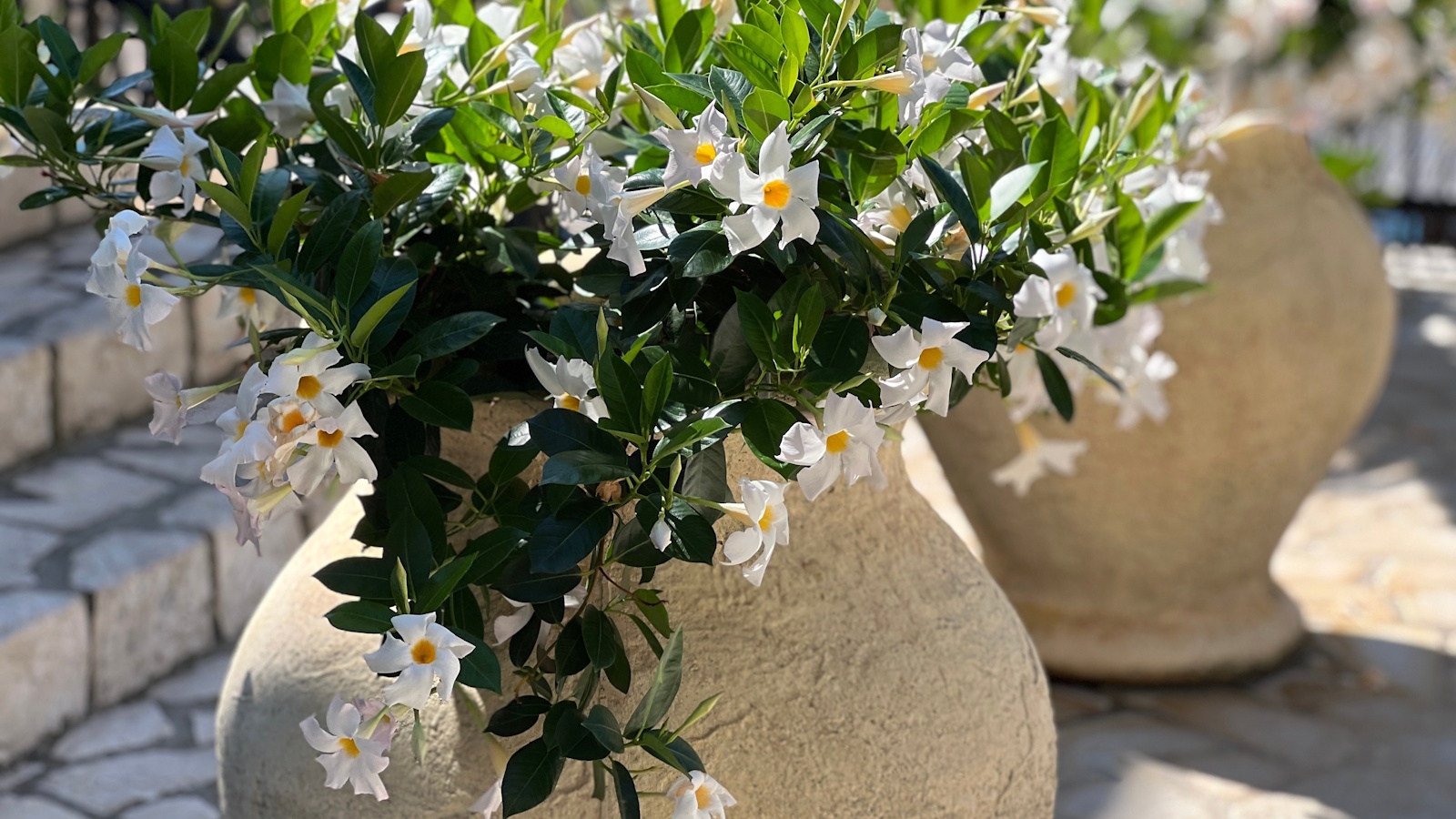 How to grow mandevilla in pots – and elevate your outside space with impactful tropical flowers this summer
How to grow mandevilla in pots – and elevate your outside space with impactful tropical flowers this summerLearning how to grow mandevilla in pots will add a colorful and vertical accent to any size plot
By Thomas Rutter Published
-
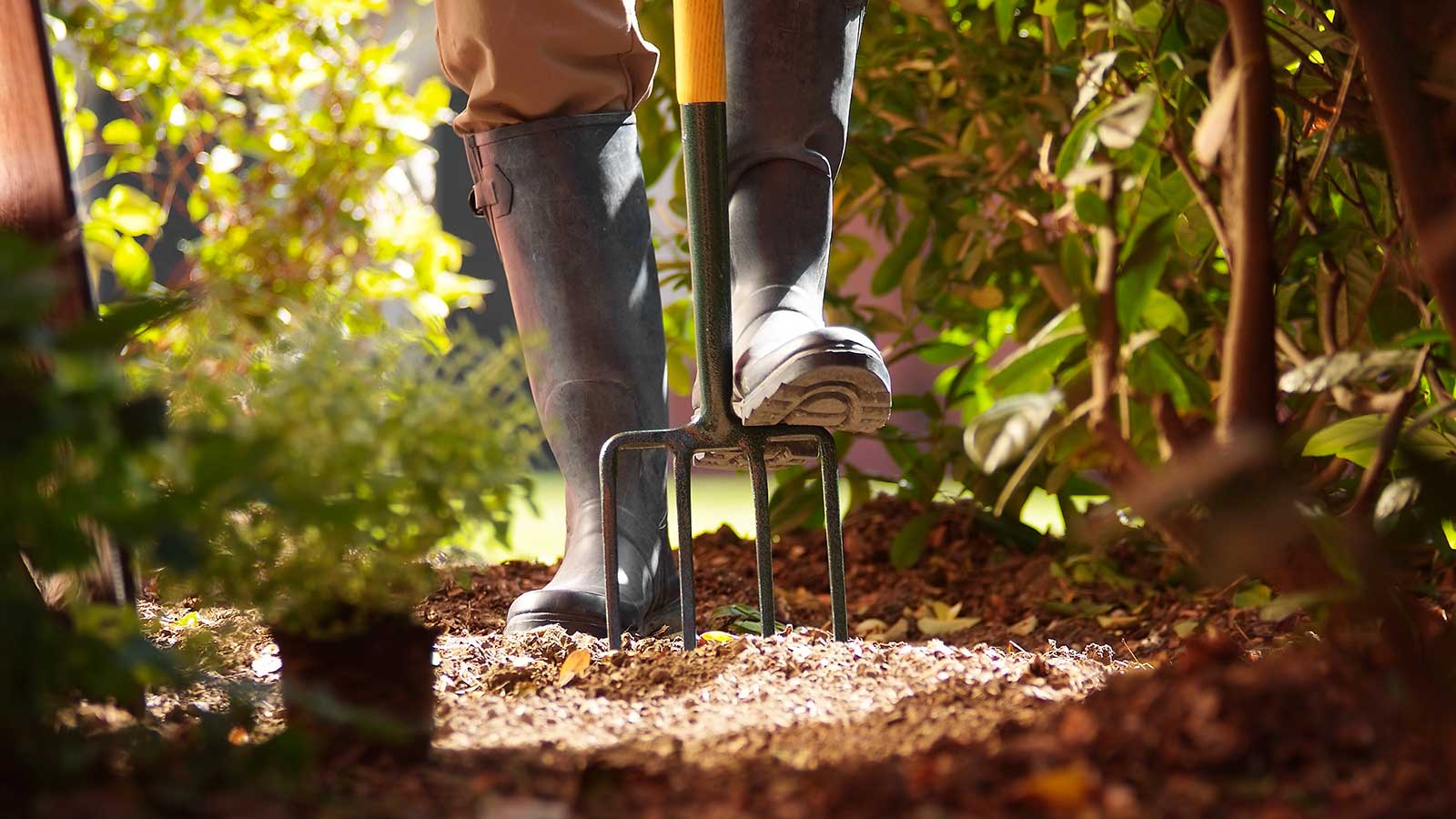 Skyseed is a vigorous invasive weed that is becoming a problem in backyards – here's how to identify and control it
Skyseed is a vigorous invasive weed that is becoming a problem in backyards – here's how to identify and control itGardeners in North America should keep an eye out for this vigorous perennial weed
By Thomas Rutter Published
-
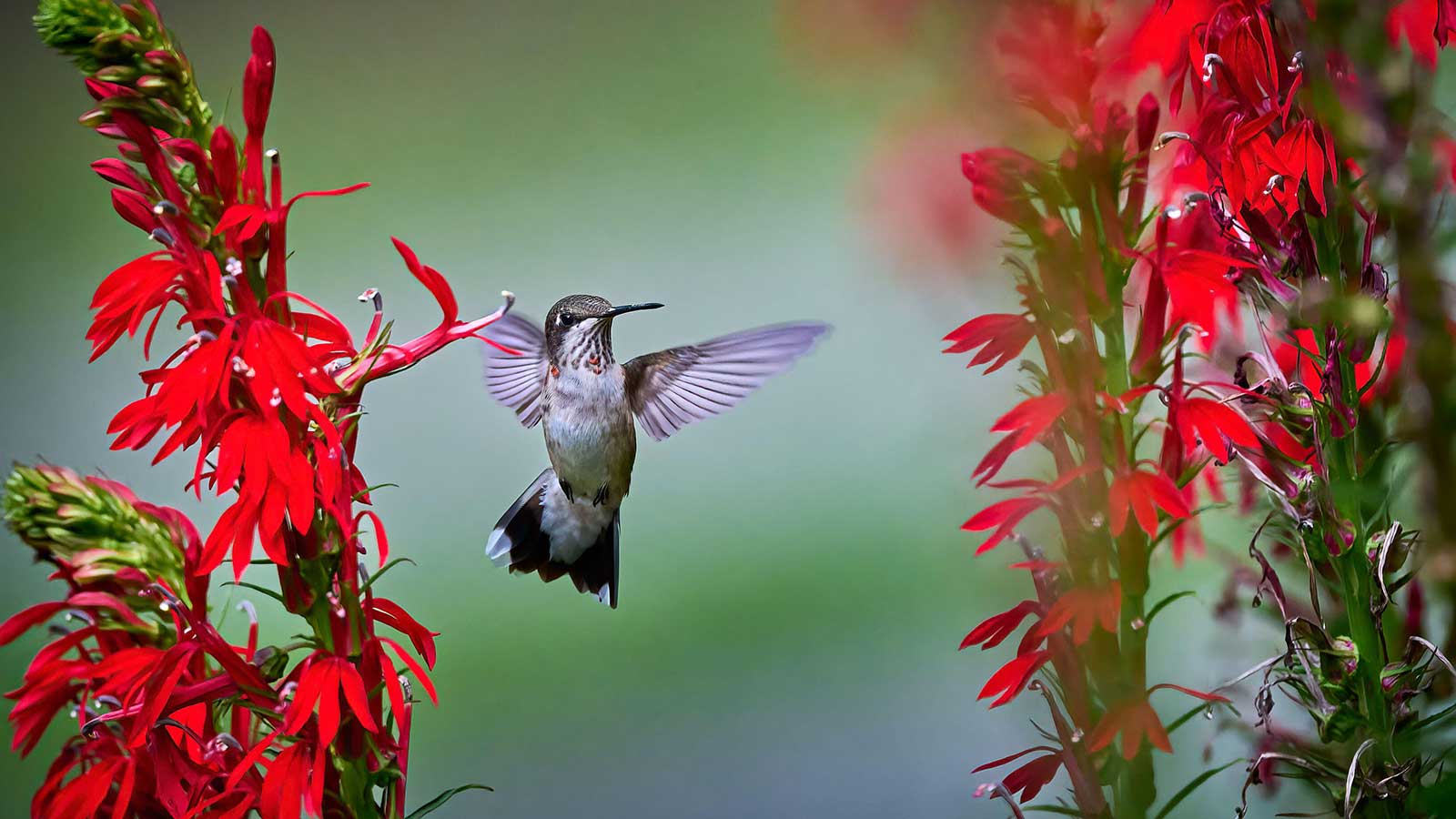 When do hummingbirds return from migration? Wildlife experts reveal when to expect them and how you can help
When do hummingbirds return from migration? Wildlife experts reveal when to expect them and how you can helpAs hummingbirds return to North America, gardeners can play a part in caring for these weary travellers
By Thomas Rutter Published
-
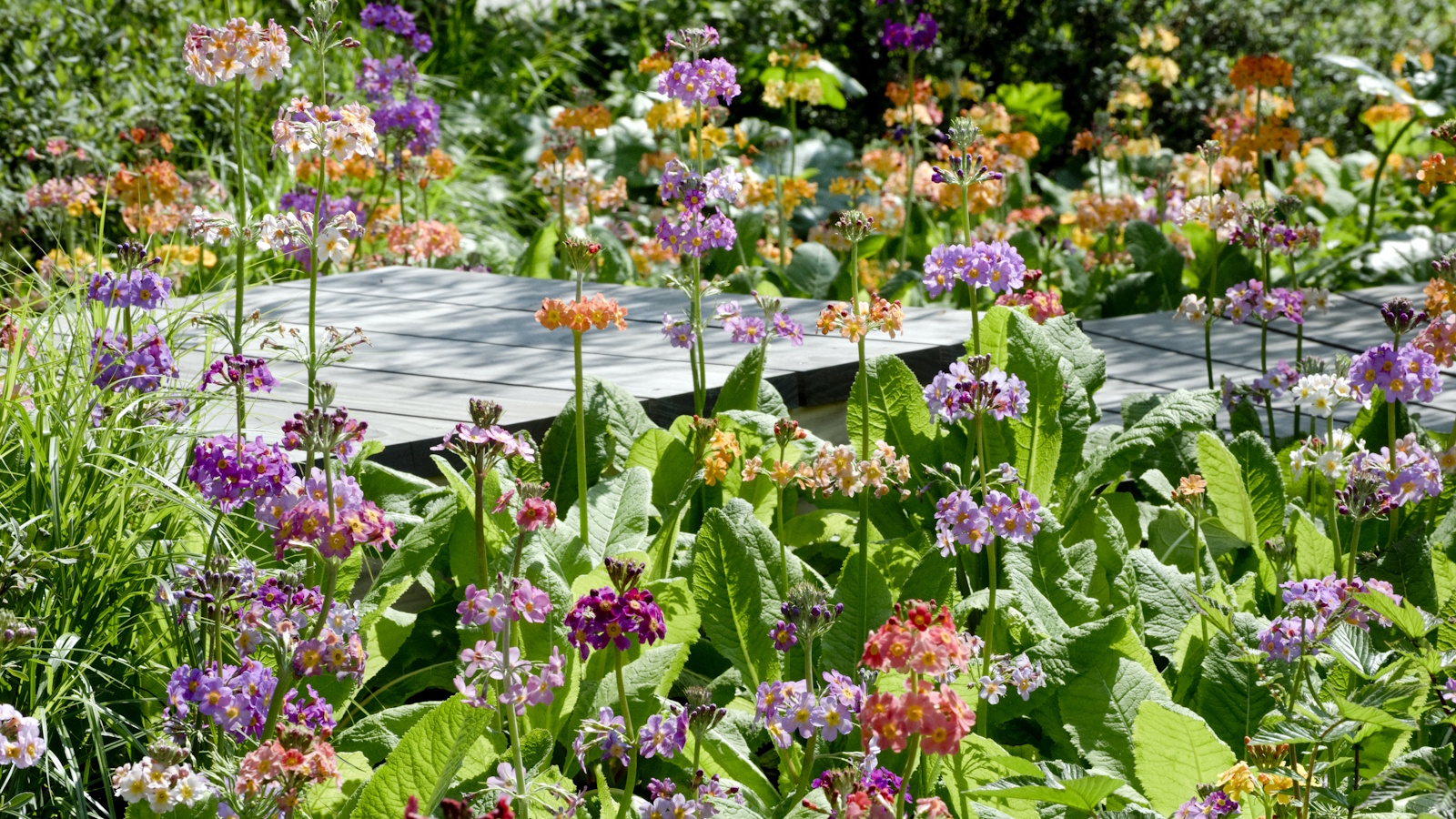 Best flowering ground cover plants – 5 expert-approved species to fill your borders with vibrant color
Best flowering ground cover plants – 5 expert-approved species to fill your borders with vibrant colorThese flowering ground cover plants will not only look good but will also prove popular with bees and butterflies
By Thomas Rutter Published
-
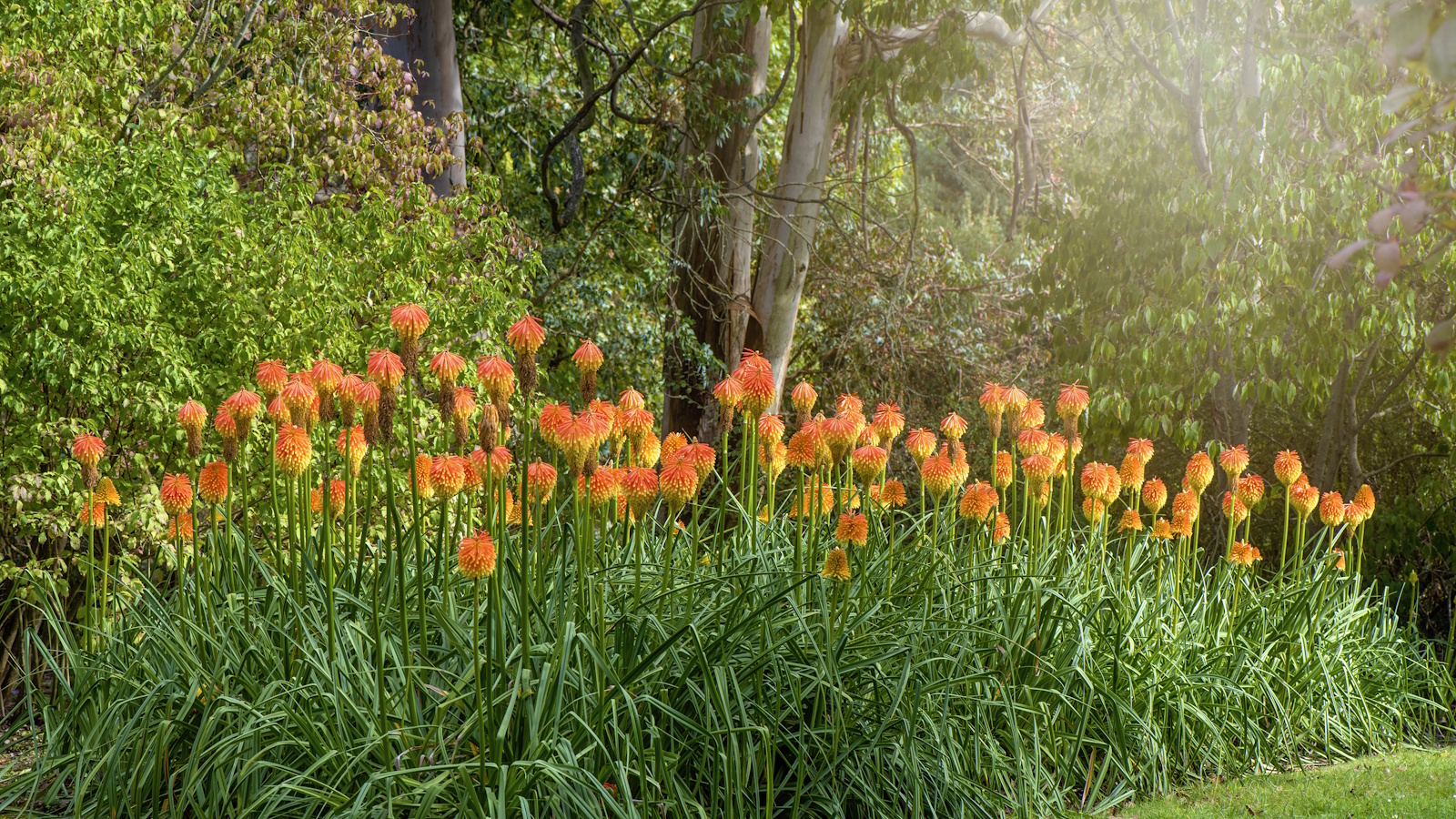 How to grow red hot poker – for low-maintenance and long-lasting flower spikes that pollinators adore
How to grow red hot poker – for low-maintenance and long-lasting flower spikes that pollinators adoreIf you enjoy colorful, vibrant borders, there can be no better perennial to grow than red hot pokers
By Thomas Rutter Published

